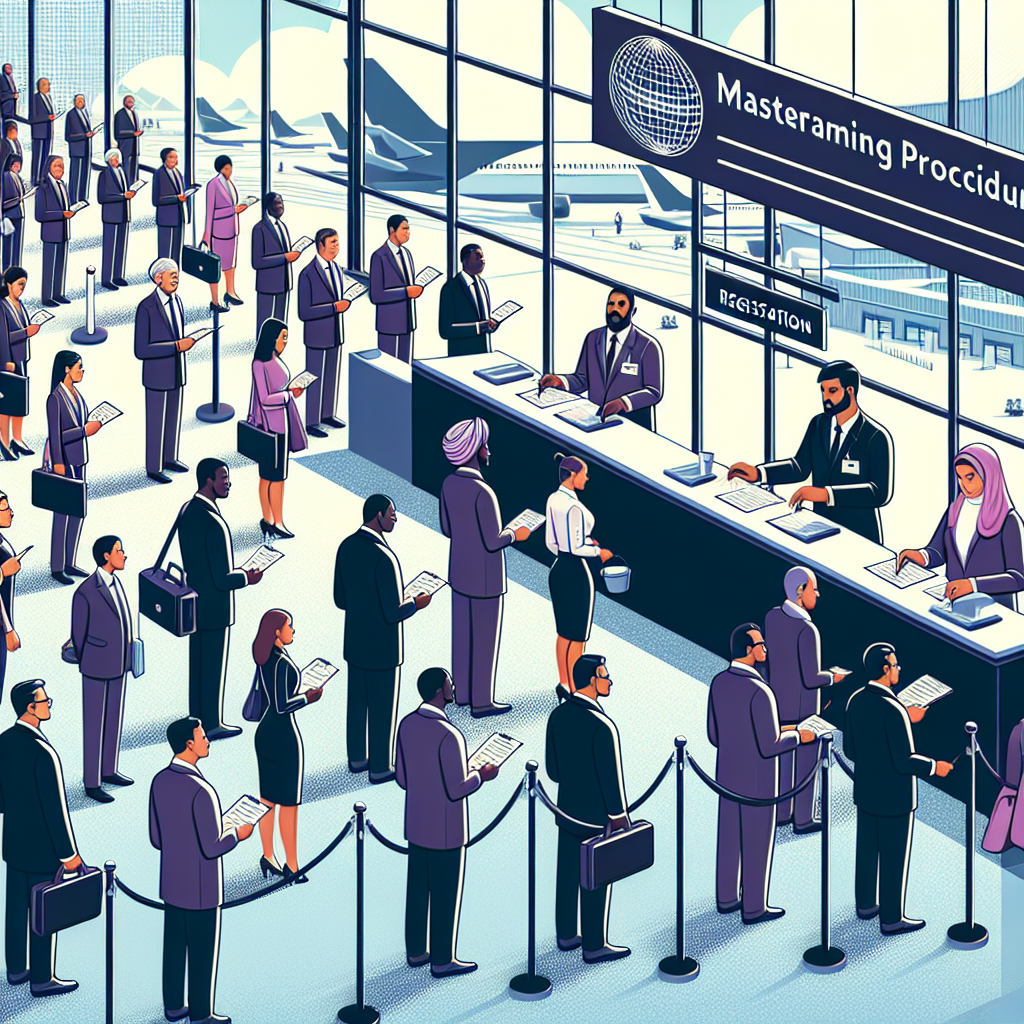Introduction
In an era where events are the lifeblood of networking, branding, and community engagement, mastering lineup procedures is paramount. Whether you’re organizing a concert, a corporate event, or a community festival, the efficiency of your lineup can significantly impact the experience of attendees and the overall success of your gathering. This guide aims to provide you with in-depth insights and unique strategies to ensure your event runs smoothly. Get ready to discover how you can streamline your event management processes, leading to unforgettable experiences!
Understanding Lineup Procedures
Before diving into the intricacies of mastering lineup procedures, it’s crucial to understand what they are. Lineup procedures involve the systematic arrangement and management of participants, speakers, performances, or sessions in an event. A well-organized lineup ensures that everything flows seamlessly, keeping your audience engaged and informed.
Key Components of Lineup Procedures
- Planning and Scheduling: This involves assigning time slots for speakers or performances.
- Communication: Keeping everyone informed about their roles and responsibilities.
- Flexibility: Being prepared to adjust the lineup as needed without causing chaos.
The Importance of Streamlined Event Management
Streamlined event management is not just about ticking boxes; it’s about creating a cohesive experience for all involved. By mastering lineup procedures, you enhance not only operational efficiency but also attendee satisfaction and engagement.
Case Study: The Success of Music Festivals
Consider the renowned Coachella Valley Music and Arts Festival. Their success is partly due to their meticulous lineup procedures. With an impressive roster of artists scheduled, the festival organizers implemented real-time scheduling updates communicated through their app. This not only kept attendees informed but also increased engagement and participation.
Steps to Mastering Lineup Procedures
1. Pre-Event Planning
Start by defining the objectives of your event. Are you looking to educate, entertain, or engage? Create a detailed agenda outlining each session, performance, or speaker.
Table 1: Event Planning Checklist
| Task | Responsibility | Deadline | Status |
|---|---|---|---|
| Define Objectives | Event Manager | 3 months before | Completed |
| Schedule Speakers | Program Coordinator | 2 months before | In Progress |
| Create Promotional Material | Marketing Team | 1 month before | Pending |
2. Effective Communication
Ensure that all stakeholders are informed about their roles. Use tools like Slack, Trello, or traditional email updates to maintain communication. Clear communication helps avoid misunderstandings and ensures everyone knows what to expect.
3. Technological Integration
Leverage technology to enhance your lineup management. Event management software can assist in scheduling and provide updates to attendees seamlessly.
Case Study: Tech-Enabled Conferences
Take the example of TechCrunch Disrupt. They utilized an event management platform that allowed attendees to customize their schedules based on their interests, leading to higher satisfaction rates.
4. Real-Time Adjustments
During the event, be prepared to adapt. Unexpected changes can happen, from a speaker canceling to a performance running over time. Have a designated team responsible for making real-time adjustments.
Chart 1: Common Lineup Challenges and Solutions
| Challenge | Solution |
|---|---|
| Last-Minute Speaker Cancellation | Have backup speakers or alternatives ready |
| Overlapping Sessions | Restructure the agenda dynamically |
| Low Attendee Engagement | Utilize interactive Q&A sessions |
Best Practices for Lineup Procedures
1. Post-Event Feedback
After the event, gather feedback from attendees and team members. What worked well? What could improve? This will guide your lineup procedures for future events.
2. Continuous Improvement
Stay updated on the latest trends in event management. Attend workshops, webinars, and conferences to continually refine your skills.
Case Study: Learning from the Past
The organizers of the San Francisco Giant’s annual fan fest took attendees’ feedback seriously, leading to improvements each year, such as interactive booths and timely program updates. This commitment to improvement has kept attendees returning year after year.
Conclusion
Mastering lineup procedures is essential for streamlined event management. By implementing effective planning, communication, technological integration, and being prepared for real-time changes, you can significantly enhance your event experiences. Remember, every event is a learning opportunity. Embrace continuous improvement, and soon you’ll find yourself at the forefront of successful event management.
Takeaway
Your approach to event management can elevate your gathering from average to extraordinary. As you apply the insights shared in this guide, you’re not just managing events; you’re creating memorable experiences.
FAQs
1. What are the first steps in organizing an event lineup?
Start with defining your event’s objectives, create a detailed agenda, and ensure all stakeholders are informed about their roles.
2. How can I communicate effectively with my team during the event?
Utilize communication tools like Slack or email for real-time updates and make sure everyone knows their responsibilities.
3. What should I do if a speaker cancels last minute?
Have backup speakers ready or a flexible agenda that allows you to adjust the lineup without significant disruption.
4. How can technology enhance my event management?
Event management software can help streamline scheduling, provide real-time updates, and improve attendee engagement.
5. How can I gather feedback after the event?
Use surveys or feedback forms sent via email to gather insights from attendees and staff, focusing on what worked and what didn’t.
By focusing on Mastering Lineup Procedures: A Guide to Streamlined Event Management, you now have actionable insights to enhance your event planning strategies. Embrace these practices, and unlock the potential of your events today!

